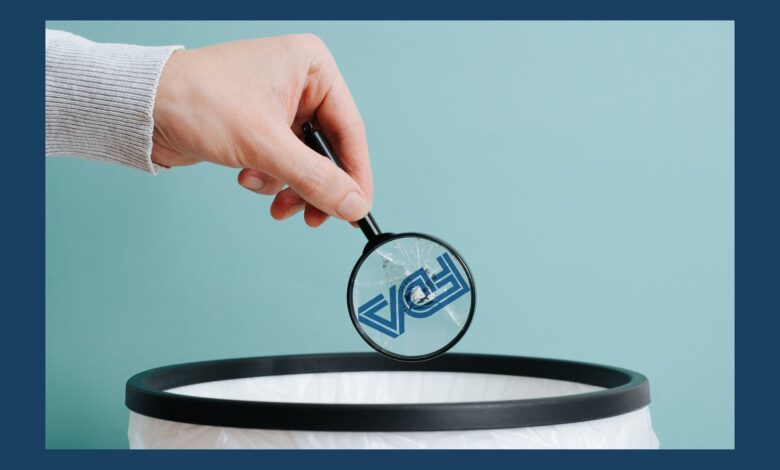Pratik Upadhyay FDA Investigator: Inspection Reports and Compliance Insights

As an FDA Investigator, Pratik Upadhyay has played a key role in ensuring compliance across the pharmaceutical and healthcare sectors. With 94 inspections and 88 Form 483s issued, his work sheds light on how regulatory agencies maintain the safety and efficacy of products.
In this article, we break down the critical aspects of Upadhyay’s inspection history, including warning letters, the duration of inspections, and the global scope of his work.
These insights offer valuable takeaways for businesses looking to improve their compliance efforts and stay ahead of potential FDA inspection risks.
Overview of Pratik Upadhyay’s FDA Inspection Record
Pratik Upadhyay has conducted a variety of inspections, focusing on pharmaceutical companies around the world. His role as a chemist places him in a unique position to scrutinize the quality and safety of pharmaceutical products. His inspections have occurred in countries such as India, China, and the United States, emphasizing the FDA’s global reach.
- Total Inspections: 94
- Form 483s Issued: 88
- Warning Letters Issued: 14
These numbers reflect the thorough approach of Pratik Upadhyay FDA inspections. The high number of 483s issued highlights the potential areas for companies to address in order to remain compliant with FDA standards.
Key Areas FDA Inspectors Focus on During Inspections
FDA inspectors like Pratik Upadhyay typically focus on the following key areas during their inspections:
- Good Manufacturing Practices (GMP): Ensuring that manufacturing processes are safe, effective, and consistent across all batches.
- Product Quality Assurance: Verifying that products meet required quality standards and are tested thoroughly.
- Labeling Compliance: Checking that product labels accurately represent ingredients, usage, and risks as mandated by FDA guidelines.
- Facility Conditions: Inspecting cleanliness, proper waste disposal, and equipment maintenance to ensure sanitary and safe production environments.
- Employee Training and SOPs: Reviewing whether employees are properly trained and if Standard Operating Procedures (SOPs) are being followed.
The Importance of Form 483s in FDA Inspections
Form 483s are issued when an FDA investigator observes conditions that may not fully comply with FDA regulations.
These forms are critical because they serve as an early warning system for companies, allowing them to take corrective actions before more serious consequences arise
Pratik Upadhyay has issued 88 Form 483s, underscoring the fact that a proactive response to these issues can prevent escalation to warning letters or other penalties.
Form 483s Issued: 88 (93.6% of inspections)
While Form 483s do not necessarily indicate severe violations, they point to areas of concern that require immediate attention. Companies should address these issues promptly to avoid future complications.
Warning Letters: Consequences of Persistent Non-Compliance
Despite a high number of 483s issued, Pratik Upadhyay has only issued 14 warning letters during his career. A warning letter is a more severe action, signifying that a company’s violations have not been corrected in a timely manner or that the risks posed by non-compliance are more significant.
Warning Letters Issued: 14 (14.9% of inspections)
The relatively low number of warning letters suggests that many of the companies under Upadhyay’s scrutiny are able to address deficiencies before they escalate. For companies, this highlights the importance of quick and effective responses to Form 483s to avoid more serious consequences.
Inspection Duration: Understanding the Depth of Review
Upadhyay’s inspections vary in length, from as short as 1 day to as long as 17 days. The average inspection length of 6.6 days indicates that most inspections are focused yet thorough.
Shorter inspections may suggest that the facility is already in compliance or that the issues are relatively simple. However, longer inspections may indicate that the facility requires a more detailed review or that complex compliance issues need to be addressed.
- Shortest Inspection: 1 day
- Longest Inspection: 17 days
- Average Inspection Length: 6.6 days
The length of the inspection is an essential factor for companies to consider. Being prepared for a thorough inspection, regardless of its duration, is critical for ensuring compliance and avoiding potential penalties.
Global Scope: Upadhyay’s Inspections Across Countries
Pratik Upadhyay’s inspections span a wide array of countries, reinforcing the FDA’s role in maintaining high standards for pharmaceutical products worldwide. The diverse geographic reach of his inspections—from India to China—shows the global nature of regulatory compliance in the pharmaceutical industry.
Inspection Locations Include:
- United States
- India
- China
- Taiwan
- France
- Japan
- South Korea
For multinational companies, this global scope highlights the need for consistent compliance practices across all regions. Maintaining uniform standards reduces the risk of discrepancies that could trigger regulatory action.
Collaborating with Co-Inspectors: A Thorough Approach
Upadhyay frequently collaborates with co-inspectors to ensure that all aspects of a facility’s operations are thoroughly reviewed. This collaborative approach is essential for capturing all potential compliance issues. Co-inspectors such as Arsen Karapetyan and Justin Boyd bring additional expertise to the inspection process, helping to identify a broader range of issues.
Key Co-Inspectors Include:
- Arsen Karapetyan – 5 inspections
- Justin A Boyd – 3 inspections (2023)
The involvement of co-inspectors increases the thoroughness of inspections, ensuring that all potential risks are identified. For companies, this means that inspections will be more detailed and multi-faceted, requiring thorough preparation.
Key Lessons from Pratik Upadhyay’s FDA Inspections
The data from Pratik Upadhyay’s inspections offers essential insights for companies seeking to improve their compliance efforts. Here are key takeaways:
- Conduct Regular Audits: Proactive internal audits help identify potential issues before inspectors flag them.
- Respond Quickly to Deficiencies: Timely responses to Form 483s can prevent issues from escalating into warning letters or more severe penalties.
- Maintain Consistency Across Global Operations: Companies must ensure that their compliance standards are consistent across all international facilities to mitigate risk.
- Focus on Documentation: Well-documented processes and corrective actions show the company’s commitment to compliance and help during inspections.
- Staff Training: Ensuring employees are well-versed in FDA regulations helps streamline the inspection process and improves overall compliance.
Conclusion
Pratik Upadhyay’s inspection history highlights the importance of proactive compliance. The high number of Form 483s issued underscores the need for companies to address issues promptly. By conducting regular audits, training staff, and ensuring global compliance, businesses can stay inspection-ready and avoid severe penalties.
For businesses looking to improve their inspection preparedness and stay ahead of regulatory trends, organizations like Atlas Compliance offer valuable insights. Their platform helps turn FDA inspection data into actionable steps to ensure your business remains compliant. Schedule a demo today to learn how Atlas Compliance can support your regulatory efforts.




